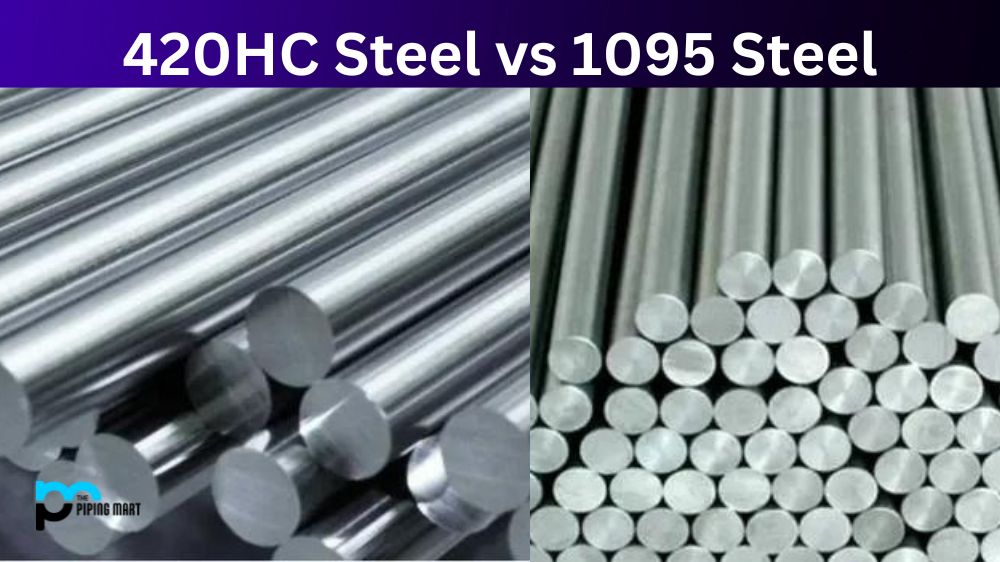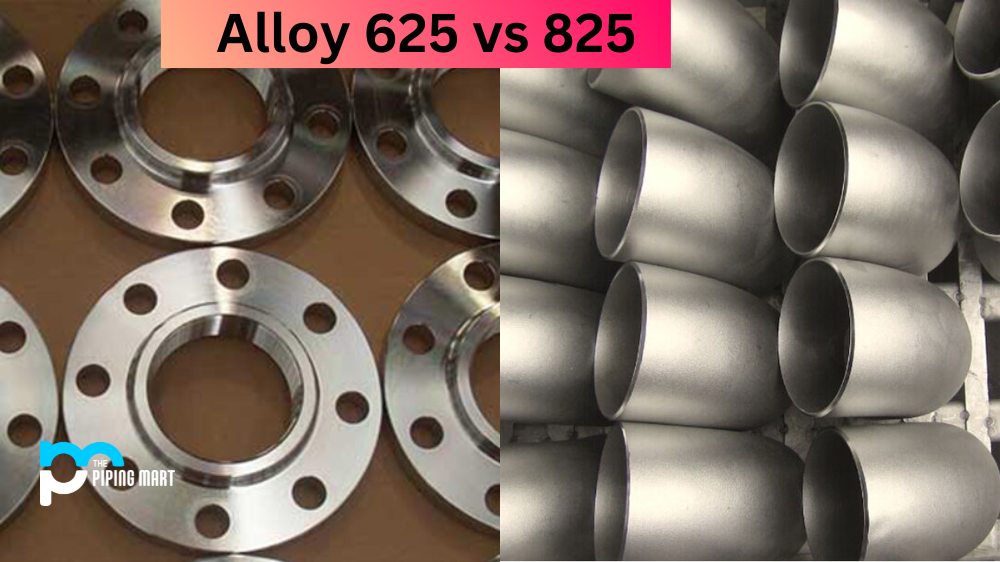When buying knives, the blade steel is the most important factor in determining its quality and performance. Many knife enthusiasts debate the pros and cons of various steel types; however, the debate between 420HC and 1095 steel is common. These two types of steel are popular in the knife industry but differ in their composition, properties, and applications. In this post, we will explore their differences to help you make an informed decision when buying a knife.
What is 420HC Steel?
420HC Steel is a high-carbon stainless steel that provides excellent wear resistance. It is often used for precision parts, cutlery, and industrial blades due to its exceptional strength and hardness. Furthermore, 420HC Steel has corrosion resistance, which makes it the ideal choice for saline environments or moist areas.
What is 1095 Steel?
1095 steel is a type of high-carbon, low-alloy tool steel. It is composed of 0.95% carbon and has relatively high toughness and wear resistance compared to other tool steels. 1095 steel also offers excellent edge retention when used in knives or cutlery due to its hardness, making it ideal for use in kitchen knives, axes, and other blades requiring sharpness and strength.
Difference Between 420HC Steel and 1095 Steel
Composition:
420HC steel is a type of stainless steel that contains about 13% chromium, making it highly corrosion-resistant. It also contains molybdenum, a hardening agent that improves its toughness and edge retention. On the other hand, 1095 steel is a high-carbon steel with 0.9% to 1.03% carbon, making it very hard and durable. This steel also lacks chromium content, making it highly susceptible to corrosion.
Hardness:
The hardness of a steel blade is an important factor in determining its performance. The Rockwell hardness scale is used to measure the hardness of a steel blade. 420HC steel has a Rockwell hardness of 56-59, which makes it softer and easier to sharpen than 1095 steel. In contrast, 1095 steel has a Rockwell hardness of 56-58, which makes it harder to sharpen. However, high-carbon steel also tends to hold its edge for longer, which is why it is commonly used for hunting knives.
Corrosion Resistance:
Corrosion resistance is an important factor to consider when selecting a knife steel. 420HC steel has good corrosion resistance due to the presence of chromium, making it an ideal choice for outdoor knives subjected to harsh environments. In contrast, 1095 steel is prone to rusting and corroding when exposed to moisture and acidic substances. This steel requires extra care and maintenance to prevent corrosion from affecting its edge.
Performance:
420HC steel is a popular choice among knife makers, as it is affordable and easy to work with. It is a versatile steel used for various knife types, from everyday carry knives to outdoor knives. However, its edge retention capabilities may be better than those of high-carbon steel. 1095 steel is a high-quality steel commonly used for hunting knives due to its incredible durability and edge retention. While it can be more expensive than 420HC steel, it is a worthy investment for those who demand the best performance from their knives.
Conclusion:
Whether you choose 420HC or 1095 steel for your knife blade depends on your needs and preferences. 420HC steel is a good option for those who need affordable and corrosion-resistant steel for everyday use, while 1095 steel is ideal for those who need high-performance steel for hunting and other outdoor activities. While other steel types are available in the market, these two are among the most popular and highly regarded for their advantages and disadvantages. Regarding knife steel, it is always best to know your options and make an informed choice based on your specific needs and budget.

Hey, I’m Krutik, a casual blogger expert in the metal industry. I am passionate about providing valuable information to my readers. With a background in engineering and construction, I like playing Cricket & watching Netflix shows in my free time. Thank you for visiting my blog, and I hope you find my information helpful!




